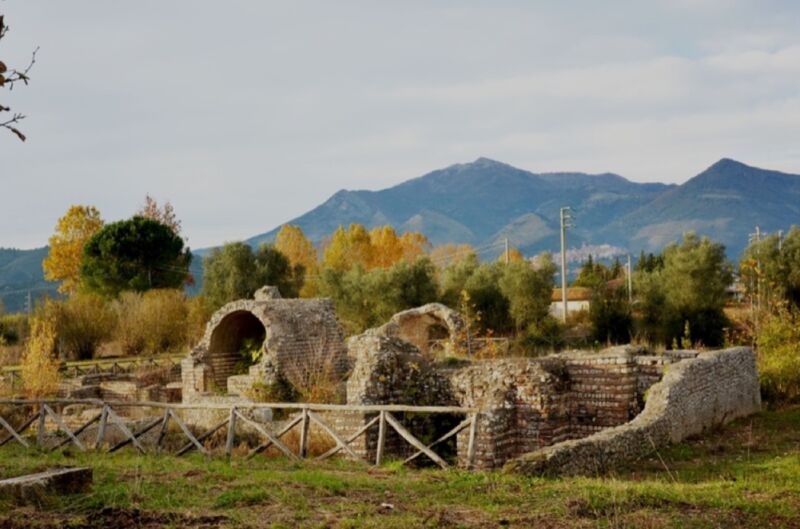Ancient Roman concrete could self-heal thanks to “hot mixing” with quicklime

Enlarge / A new analysis of ancient Roman concrete samples from the Privernum site yields fresh insights into manufacturing process. (credit: MIT)
The famous Pantheon in Rome boasts the world's largest unreinforced concrete dome—an architectural marvel that has endured for millennia, thanks to the incredible durability of ancient Roman concrete. For decades, scientists have been trying to determine precisely what makes the material so durable. A new analysis of samples taken from the concrete walls of the Privernum archaeological site near Rome has yielded insights into those elusive manufacturing secrets. It seems the Romans employed "hot mixing" with quicklime, among other strategies, that gave the material self-healing functionality, according to a new paper published in the journal Science Advances.
As we've reported previously, like today's Portland cement (a basic ingredient of modern concrete), ancient Roman concrete was basically a mix of a semi-liquid mortar and aggregate. Portland cement is typically made by heating limestone and clay (as well as sandstone, ash, chalk, and iron) in a kiln. The resulting clinker is then ground into a fine powder, with just a touch of added gypsum—the better to achieve a smooth, flat surface. But the aggregate used to make Roman concrete was made up of fist-sized pieces of stone or bricks.
In his treatise De architectura (circa 30 CE), the Roman architect and engineer Vitruvius wrote about how to build concrete walls for funerary structures that could endure for a long time without falling into ruins. He recommended the walls be at least two feet thick, made of either "squared red stone or of brick or lava laid in courses." The brick or volcanic rock aggregate should be bound with mortar composed of hydrated lime and porous fragments of glass and crystals from volcanic eruptions (known as volcanic tephra).
Read 9 remaining paragraphs | Comments
from Gaming & Culture – Ars Technica https://ift.tt/aVQYsXr